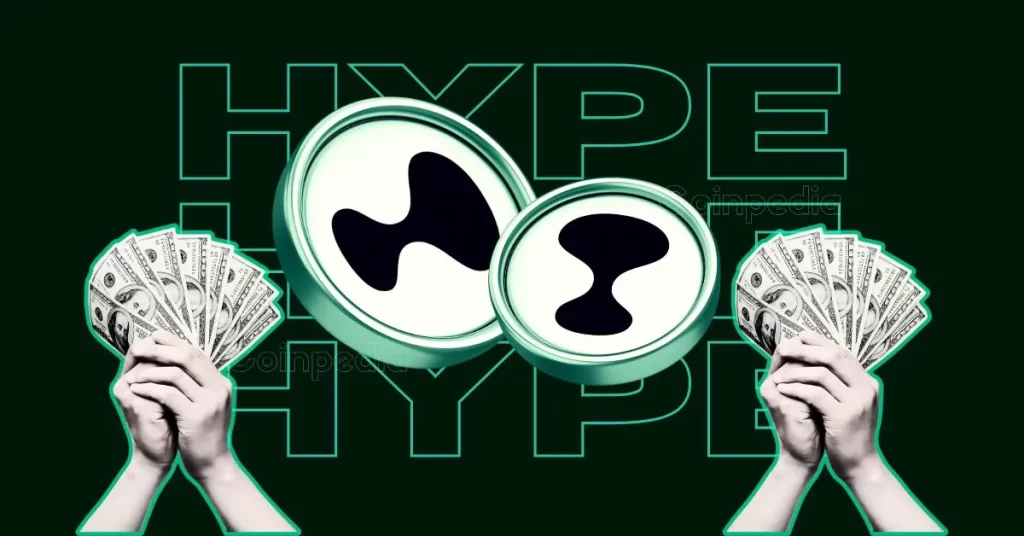
The post Hyperliquid JELLY Manipulation Breakdown: How a 500% Pump Nearly Cost $12M appeared first on Coinpedia Fintech News
Hyperliquid, a decentralized exchange, faced a big problem when the price of meme coin JELLYJELLY suddenly jumped by 500%. It looked like someone was manipulating the market, putting the exchange at risk of losing $12 million. But before things got worse, Hyperliquid’s team stepped in, fixed the issue, and turned the loss into a $700K profit. To stop any more trouble, they shut down trading for JELLYJELLY.
How One Whale Nearly Broke the System
The chaos started when a trader holding 124.6 million JELLYJELLY tokens, worth $4.5 million, placed an $8 million short bet on Hyperliquid. This forced the platform’s liquidity vault to take on the risk. But then, another wallet likely controlled by the same trader opened a massive long position at the same time. This caused JELLYJELLY’s price to skyrocket, leading to mass liquidations and huge profits for the trader. Arkham later revealed that this was a deliberate strategy to exploit leverage and drain funds from Hyperliquid.
But the plan backfired when the trader’s accounts were restricted to reduce-only orders. This meant they could no longer open new trades and had to start selling off tokens from the first account to recover some of their funds, despite still having millions in unrealized gains.
As JELLYJELLY’s price kept climbing, Hyperliquid’s liquidity vault faced the risk of a massive wipeout. If the token’s market cap kept rising, the vault could have lost everything. Seeing the surge in trading, major exchanges like Binance and OKX stepped in, listing perpetual futures for JELLYJELLY to capitalize on the hype.
Hyperliquid Pulls the Plug
With the situation escalating, Hyperliquid validators stepped in and reset JELLYJELLY’s price to $0.0095—the level where the whale had originally placed their short position. This allowed the platform to liquidate 392 million JELLYJELLY tokens, converting a multi-million-dollar disaster into a manageable $703K profit.
However, to prevent further manipulation, Hyperliquid immediately closed all open JELLYJELLY positions and removed the token from its platform. The team also promised to reimburse affected users, with compensation set to be distributed automatically, except for flagged addresses suspected of being involved in the scheme.
A Blow to Hyperliquid’s Reputation?
Hyperliquid’s response to the crisis drew mixed reactions. Some praised its quick action, while critics like Bitget CEO Gracy Chen argued it acted more like a centralized exchange. BitMEX co-founder Arthur Hayes also questioned the handling of the situation.
This marks Hyperliquid’s second major liquidity scare in just two weeks. Earlier, a whale’s $200 million Ethereum long liquidation caused a $4 million loss for its liquidity vault. The repeated turmoil has shaken confidence, sending Hyperliquid’s native token, HYPE, down over 12% in a day and over 30% for the month.
Never Miss a Beat in the Crypto World!
Stay ahead with breaking news, expert analysis, and real-time updates on the latest trends in Bitcoin, altcoins, DeFi, NFTs, and more.












